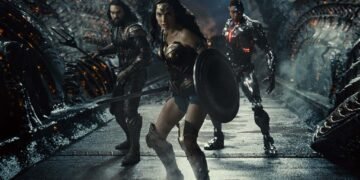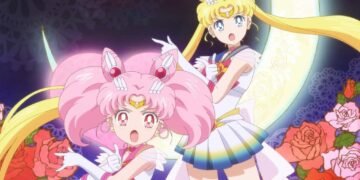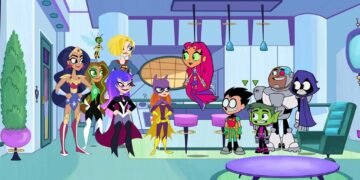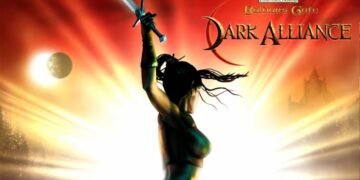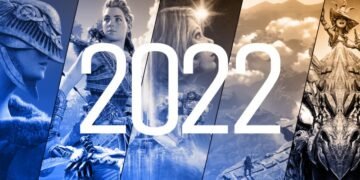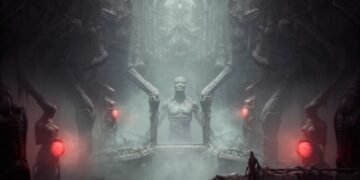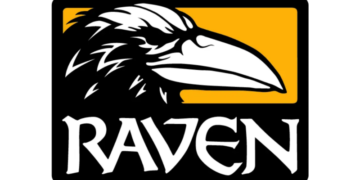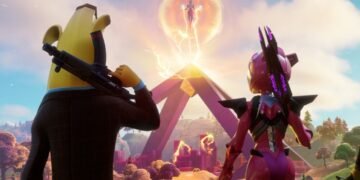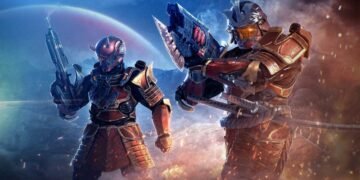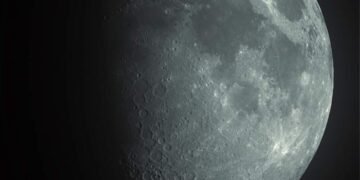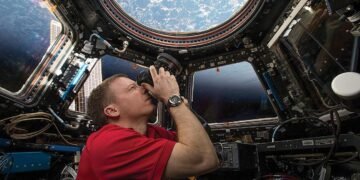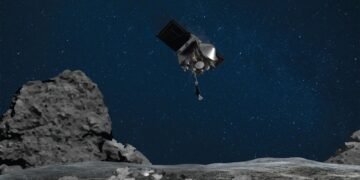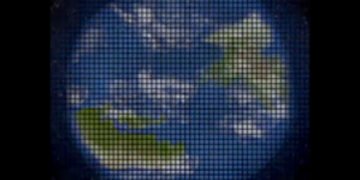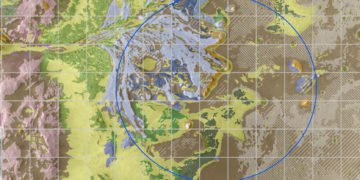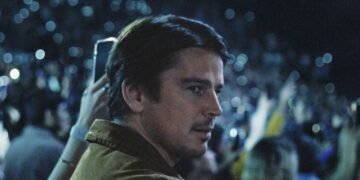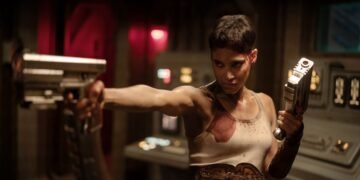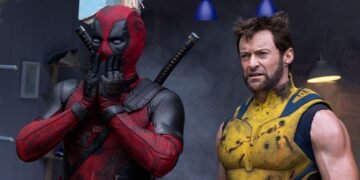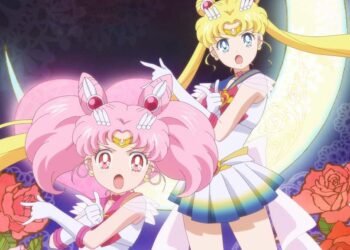Bendis, who made his transition from Marvel Comics to DC in 2018, has largely been associated with his work on Superman and Action Comics. When news of his coming to DC was first announced, it was accompanied by the hopes that Bendis would have the same effect on DC Entertainment that his work had, and still has, on Marvel Studios. While many took this to mean that his stories would determine the plot and scope of future Superman movies, Bendis’ investment in not only creating new characters, but exploring B and C-listers likely suggests a different level of influence. The Legion of Super-Heroes may well be the future of the DC movie universe.
The original Legion, consisting of Saturn Girl, Lightning Boy and Cosmic Boy, first debuted in Adventure Comics No. 247 (1958). Created by Otto Binder and Al Plastino, the original team drew inspiration from Superboy (Clark Kent) in the 20th century and became prominent supporting characters in his adventures. The ranks of the Legion of Super-Heroes grew exponentially over the years with new heroes like Braniac 5, Chameleon Boy, Phantom Girl, Star Boy, Karate Kid and Ultra Boy filling the ranks over the years as more planets united to overcome threats that affected them all. The most popular and referenced era came from Paul Levitz during the ’80s, and his arc “The Great Darkness Saga” greatly increased the popularity of the characters and is often cited as one of the best DC stories of all time. There have been a number of reboots since then and given the number of characters, and the future setting, Legion history and continuity is nearly as confusing as Marvel’s X-Men titles. Yet, what makes Bendis’ current run so engaging is that it plays with an awareness of all of that.
Teenage voices are one of Bendis’ strong suits and LOSH gives him a opportunity to further utilize those skills with cheeky dialogue that plays up the fact that there are too many Legionnaires to keep track of. Rather than start off with exposition, Bendis throws us right in the middle of things, while his deconstructed storytelling provides an opportunity to take in each new plot development, and appreciate the beauty of Sook’s character designs. Jon Kent, brought to the future by the Legion, serves as the reader’s surrogate, thrown into this new world built on the literal remnants of the old. References to Jon needing to watch the orientation video to grasp everything are frequently made, and it becomes an in-joke that makes readers feel OK that they’re a bit lost; they’re in safe hands. Also along for the ride is Rose Forrest, a D-list and infrequently used 20th century vigilante with split personalities who has become one of the most important people in the universe, and an immortal bridge between the past and present. For all intents and purposes, she’s the books’ Jessica Jones, further grounding us in this insane world of aliens, superpowers and relics of the past.
And speaking of relics, part of the fun of Bendis’ first arc is how it utilizes familiar DC lore. Aquaman’s trident is at the center of the current arc, with three different warring factions after it. While there are plenty of new characters and adversaries to get familiar with, the past serves as an anchor. After all, part of the excitement of traveling to the future is finding out what happened to the characters we’re all familiar with and how their actions impacted the future, a future in which the world has ended twice over before the formation of the Legion. Legion of Super-Heroes is a complicated concept to get right, yet Bendis and Sook seek to make it one of DC’s A-list titles.
The Legion of Super-Heroes are no strangers to television, having appeared in Smallville, Supergirl, Justice League Unlimited, and even their own animated series that ran for two seasons. But a film adaptation has never been on the table. For one, Legion of Super-Heroes is dependent on there being a shared sense of history, as well as a familiarity with DC’s heroes, and the opportunity hasn’t existed until now. Secondly, they’ve never been popular enough outside of comic readers to make a film seem like a viable idea. But now within the DC film universe, characters besides Batman and Superman have been established. We have Aquaman, Wonder Woman and Flash. There is a history of superheroes from which the Legion could rise. And in terms of popularity, we’re still early in Bendis’ run but it stands to reason that these characters will receive an increase of attention. It wasn’t so long ago that Suicide Squad, Shazam and Aquaman existed outside of the public consciousness, and now they’ve all launched successful franchises and top-selling books. Bendis and Sook’s Legion of Super-Heroes isn’t just a well-constructed reboot of a familiar concept, it may just be the map to the future of the DC film universe should a visionary filmmaker be bold enough.

